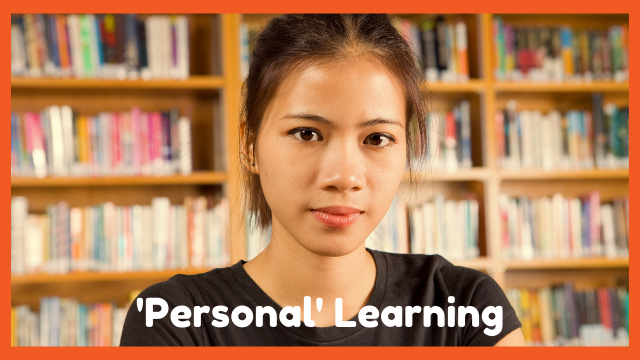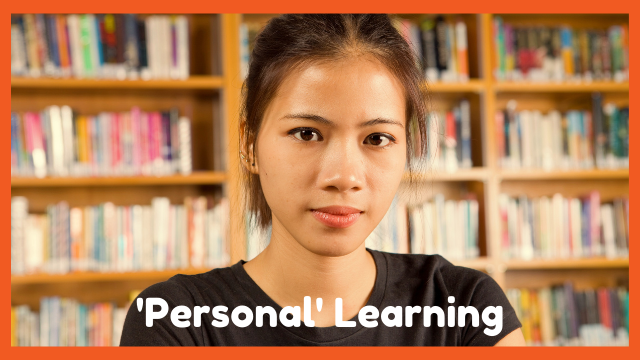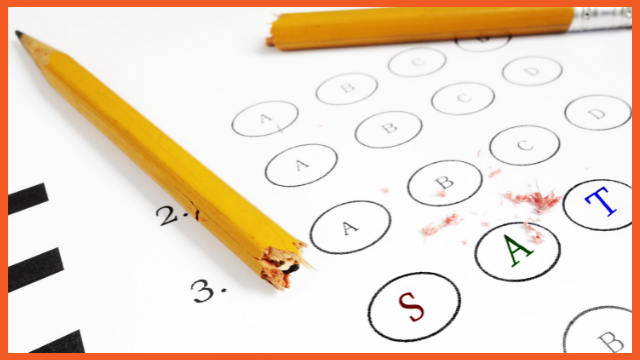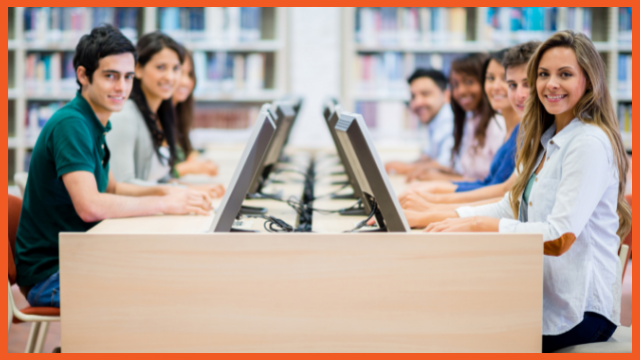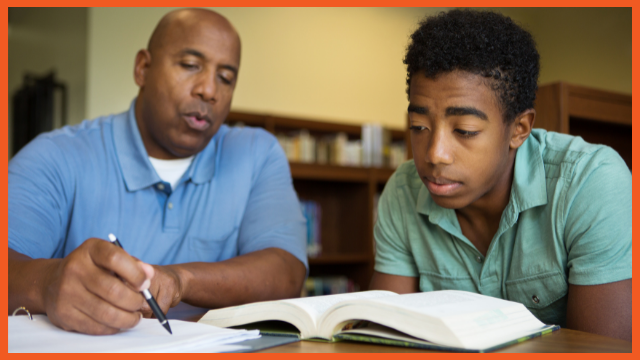As we discussed before, the goal of teaching a language is to create independent language users. The optimal way to achieve that independence is for learning to be personal: students taking ownership of their learning. It is a teacher or an organisation’s responsibility to inspire and facilitate this. Most independent teachers can achieve this ideal, but it becomes much harder for an organisation at scale.
Let’s take a look at an example in language learning, and explore what the same course would look like with three different approaches:
-
Standardised;
-
Personalised;
-
Personal.
In this case, we’ll assume the student has never studied nor had any exposure to the target language before.
Example of a Standardised Learning Approach
The lesson plan consists of a predetermined set of competencies (e.g. introducing yourself, describing your family, describing where you live, etc.) and language skills (writing, speaking, listening, reading) that the learner needs to master. These are created by the teacher (externally) without any involvement from the individual student and the delivery is the same for all students in the course.
The course also includes a fixed series of grammar topics (e.g. Present Simple, Present Continuous, Wh- Questions) and vocabulary topics (e.g. nationalities, occupations, household objects, etc.) that are considered key to this level.
The learner progresses through the curriculum and acquires the competencies, skills and knowledge by using an externally established methodology. This methodology is decided either by the instructor in a teacher-led course or by the instructional designer in a self-paced course.
The learner demonstrates their acquisition of knowledge and skills through an assessment (externally predetermined by the instructional designer). The assessment occurs throughout and at the end of the course (e.g. Q & A, multiple choice, giving a presentation, writing an essay).
The course has a fixed plan (e.g. 10 units) to be completed within a fixed period of time (e.g. 30 hours of classes, 30 minutes per unit, etc.).
Example of a Personalised Learning Approach
The scenario, level and goals are the same as above:
In this case, however, the individual’s learning preferences and choices are considered when deciding how the course is delivered, whether all/some of the content units are covered. However, the learning paths and combinations that the student can choose from are limited and typically determined by the instructional designer.
For example, the learning options open to the student may vary, based on broadly-held preferences and goals such as the:
- Sequence of topics covered.
- Methodology or approach.
- Content and time spent on each content unit (possibly enabling each student to complete a unit at his/her own pace).
Regardless of how many possible options there are, all these options are predetermined and finite. They still only barely involve the learner in the decision-making process and so limit the potential options and results.
Example of a Personal Learning Approach
In this scenario, the instructor or machine interacts with the learner to understand what the student’s motivations are and to help the student establish what her learning goals are:
The answers are, by nature, unlimited (or infinite).
Once the goals have been defined and agreed upon, the instructor (or machine) and learner work together on creating a lesson plan to achieve them.
Questions they have to explore together and the answers could include:
-
What competencies, knowledge and skills do we need to reach these goals?
-
What content are we going to use, and how are we going to use it?
Throughout the course, there will be multiple opportunities for reflection, during which the initial decisions can be reassessed, and content and/or methodology can be changed accordingly. The learner will also have to agree and decide, together with the instructor (or machine), how the learner will demonstrate knowledge acquisition or mastery of a skill, in order to assess that the initially established goals have been met.
In Summary
Personalised learning is more effective than standardised learning but less so than personal learning.
Personal learning happens where learning is a product of an individual’s unique choices. It is more relevant and more effective for language learning, but there are challenges in scaling up across a large organisation. Technology may offer to overcome these challenges.
What do you think? When will this transition take place or is it happening already?
